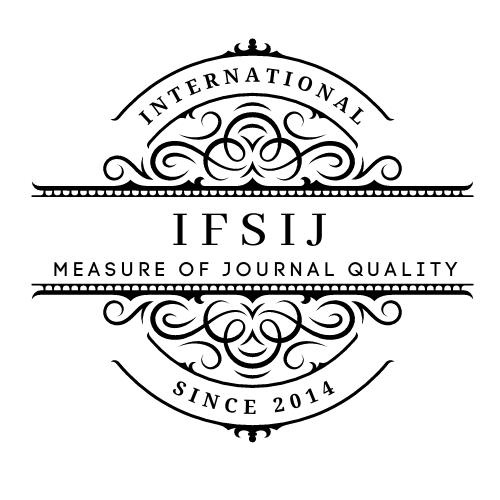PATHOMORPHOLOGICAL FEATURES OF BRONCHIOLOECTATIC EMPHYSEMA, TRACHEOESOPHAGEAL FISTULAS, AND STENOSIS OF THE BRONCHI AND TRACHEA
Keywords:
Bronchiolectasis, Leschke emphysema, bronchial stenosis, tracheoesophageal fistula, pathomorphology, deformation, respiratory bronchioles, bronchopneumonia.Abstract
Bronchopulmonary malformations in congenital and early developmental anomalies often manifest through structural defects in the bronchiolar wall, particularly involving the muscular layer. Aplasia and hypoplasia of the smooth muscle components lead to functional and morphological disturbances, including ectatic dilatation of the bronchioles. This process contributes to the development of centrilobular emphysema, particularly in the form known as Leschke emphysema. The underdevelopment of the mucosal lining and the muscular layer results in poor airway stability, facilitating emphysematous transformation of the respiratory bronchioles. Such anatomical and functional defects predispose patients to recurrent respiratory infections. Over time, secondary inflammatory processes dominate the clinical picture, often evolving into bilateral, polysegmental bronchopneumonia. Postmortem examination commonly reveals pathological changes in lung segments 2, 6, 7, 8, 9, and 10 near the pulmonary hilum, where dense foci of mixed exudative inflammation, areas of atelectasis, and emphysema are identified. These morphological changes are crucial for understanding the pathogenesis of post-bronchopneumonic complications and are essential for accurate diagnosis and treatment planning. The current study aims to investigate the pathomorphological features of bronchioloectatic emphysema, tracheoesophageal fistulas, and bronchial and tracheal stenosis, emphasizing their clinical relevance and diagnostic implications.
Downloads
Published
Issue
Section
License

This work is licensed under a Creative Commons Attribution-NonCommercial-NoDerivatives 4.0 International License.















